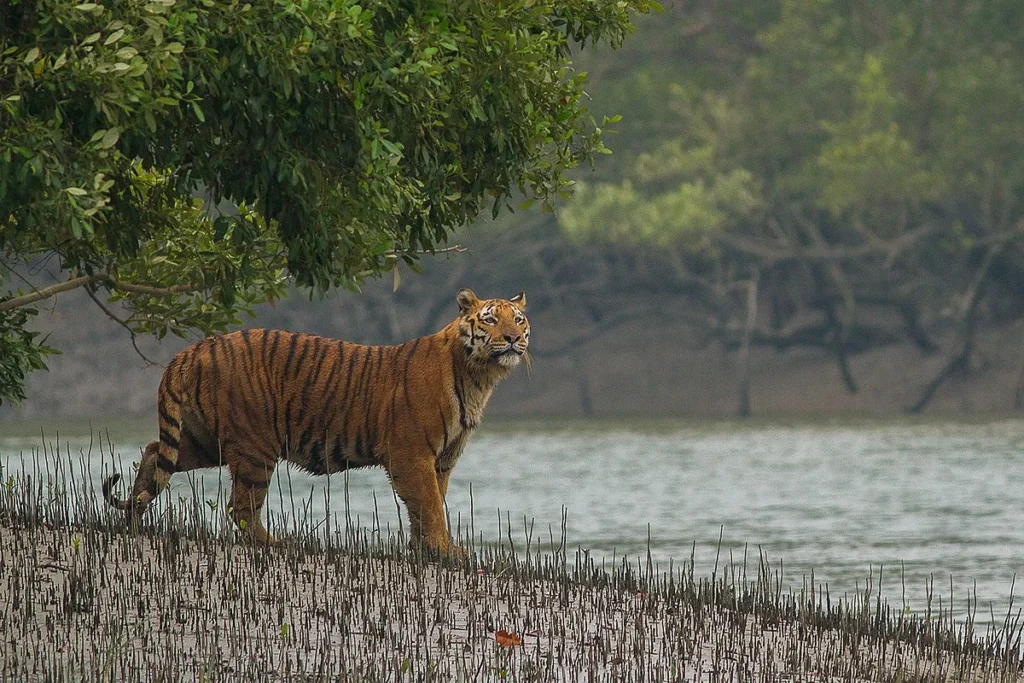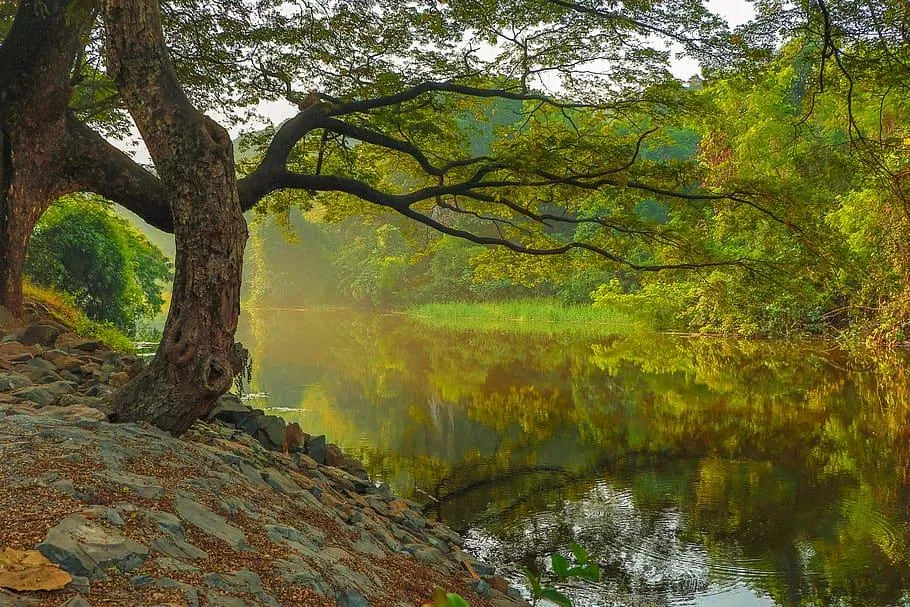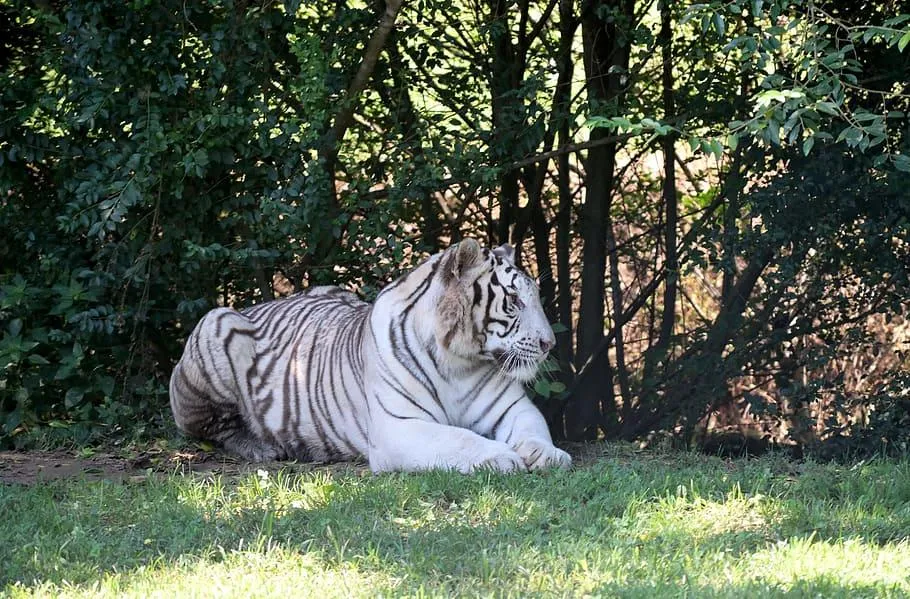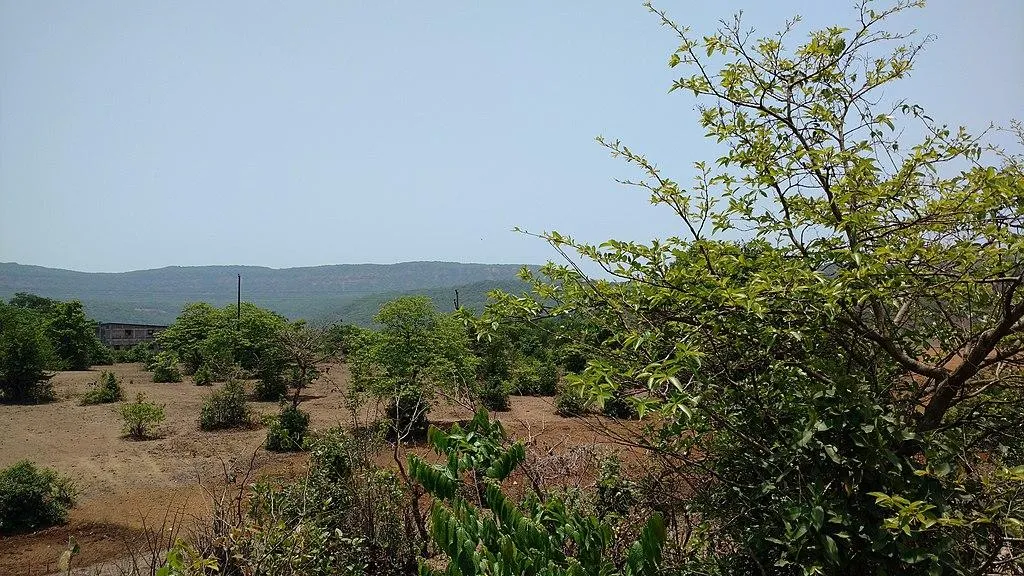Here is the start of the Wildlife Sanctuary in Maharashtra : Maharashtra, right? Land of vada pavs, Bollywood, and—surprise!—some of the wildest wildlife sanctuaries in India. I used to think “wildlife sanctuary” just meant a tiger nap zone, but after one close encounter with a monkey in Sanjay Gandhi National Park (he stole my samosa, okay?), I realized these places are full of life in every sense. From dense forests and roaring rivers to predators that don’t blink, this state is basically a National Geographic episode waiting to happen.
Buckle up. We’re talking tigers, trails, and oops-I-shouldn’t-have-worn-flip-flops-in-the-forest moments.
Why Visit Maharashtra’s Wildlife Sanctuaries?
Because they’re not your usual Insta-perfect backdrops. Nah. These sanctuaries are real. Maharashtra’s terrain goes from thick jungle to dusty scrubland like it’s showing off. And the animals? Man, we’re talking actual Bengal tigers, sloth bears, Indian wolves, even crocodiles that look chill until they move. Some spots are UNESCO biospheres, others are down dusty roads where your phone loses signal—which, honestly, is part of the charm.
And bro, if you’re the type who thinks “largest wildlife sanctuary in India” is just a trivia flex, wait till you’re three hours into a bumpy safari and your guide whispers, “Tiger.” Goosebumps.
Tadoba Andhari Tiger Reserve

I still remember the guide whispering “sher aaya” and my camera battery promptly dying—classic. Located in Chandrapur, Tadoba Andhari Tiger Reserve is the spot for tiger sightings in Maharashtra, and arguably one of the best in India. It’s big, like really big—1,727 square kilometers—and sometimes feels like the tigers own the place (spoiler: they kinda do).
Local tip? Don’t skip the early morning safari. The jungle mist, the silent anticipation, and that one dude in your jeep who thinks he’s a wildlife photographer—gold.
Sanjay Gandhi National Park

Okay, so you’re in Mumbai and think you have to escape to the middle of nowhere to see wildlife? Nah. Just head to Sanjay Gandhi National Park. Leopards live inside the city here, and if that’s not wild, I don’t know what is. One time I was on a nature trail and legit heard growling—I turned, it was two dudes arguing over parking. But yeah, leopards are really there.
The bonus? Kanheri Caves. 2,000-year-old Buddhist caves inside the park. It’s like Indiana Jones meets eco-tourism.
Bor Wildlife Sanctuary

Bor Wildlife Sanctuary is your classic underdog story. It’s not the biggest, not the flashiest, but it delivers. Located in Wardha, this place is like the cozy indie film of sanctuaries—quiet, a little offbeat, and unexpectedly awesome. I once mistook a rustling bush for a tiger, screamed, and scared off a peacock. Still worth it.
Pro tip: pack snacks but hide them well. The langurs are adorable until they aren’t. 😅
Melghat Tiger Reserve

If you want to say you visited the largest wildlife sanctuary in India (or close to it, no one’s checking), head to Melghat Tiger Reserve. Located in the Satpura Hills, it spreads over 1,676 sq. km of absolute wilderness. I camped nearby once, and at night, the jungle sounded like a horror movie soundtrack—owls, crickets, and something big crunching leaves.
Melghat is remote, intense, and best enjoyed if you’re okay with actual wild encounters. Oh, and don’t forget to say “Vanakkam” to the forest guards—they’re total legends.
Radhanagari Wildlife Sanctuary

Tucked away in Kolhapur, Radhanagari Wildlife Sanctuary is like a postcard no one mailed. Lush, green, and full of Indian bison (aka gaur), it’s chill and underrated. I went once thinking I’d nap in a tent, but the jungle chorus at 3 AM had other plans. Wild boars make terrifying noises, FYI.
Locals call it Dajipur, and it’s got proper Maharashtrian vibes—think spicy misal pav after a long hike and aunties who will tell you which trail has the best views.
Best Time to Visit Maharashtra’s Wildlife Sanctuaries
October to March is peak magic time. The forests are fresh from the monsoons, the animals come out to sunbathe, and you can finally wear that cool cargo vest you bought on impulse. Avoid June unless you’re into mud baths and canceled safaris. And summer? It’s so hot, even the tigers look annoyed.
Trust me, December safaris hit different—crispy air, clear skies, and chai that actually tastes like adventure.
Wildlife Conservation Efforts in Maharashtra
Maharashtra doesn’t mess around when it comes to wildlife. Between anti-poaching squads, wildlife corridors, and eco-tourism rules tighter than my old jeans, the state is putting in work. Sanctuaries like Tadoba aren’t just photo-ops—they’re part of actual conservation stories.
Also, shoutout to the locals who report poachers and protect nesting birds like it’s their side hustle. Respect.
How to Reach Maharashtra’s Wildlife Sanctuaries
It’s surprisingly easy. Fly into Mumbai, Pune, or Nagpur, grab a train, or just road-trip it with your besties and a Spotify playlist that leans heavily on AR Rahman. Most sanctuaries are just a few hours out, which is the sweet spot for weekend getaways.
Pro move: rent a car with a sunroof. Not for wildlife spotting, just because it makes you feel cooler.
Conclusion
Maharashtra’s sanctuaries? They’re not just for birdwatchers and Tiger King fanatics. They’re wild, raw, a little unpredictable—just like every good adventure should be. Whether you’re chilling with leopards near Mumbai, or chasing sunrise in Melghat (figuratively, please don’t actually chase anything), this state has a wildlife vibe that’s uniquely its own.
So pack a camera, ditch the itinerary, and go get a little wild. India’s calling—and it’s growling.



